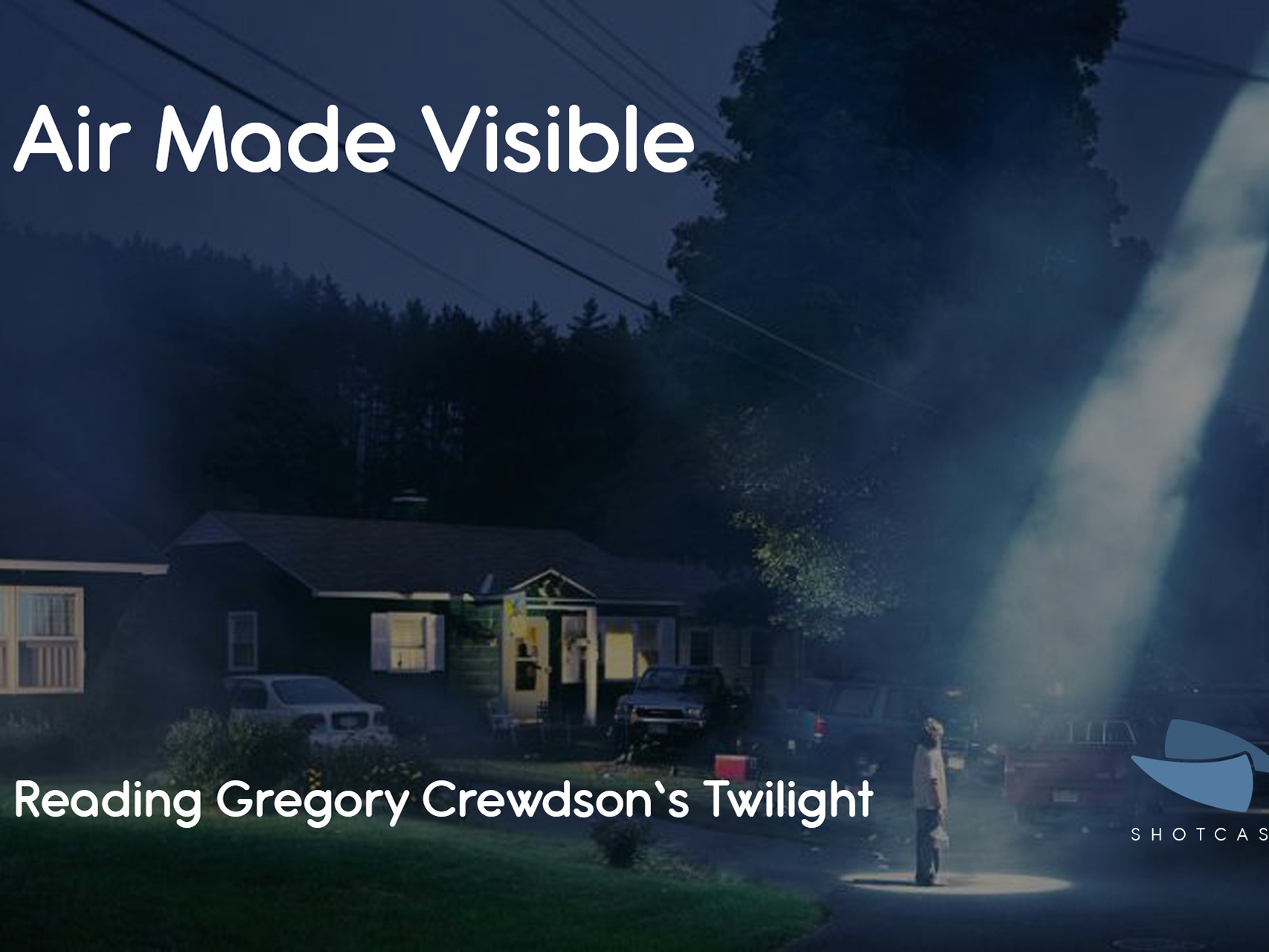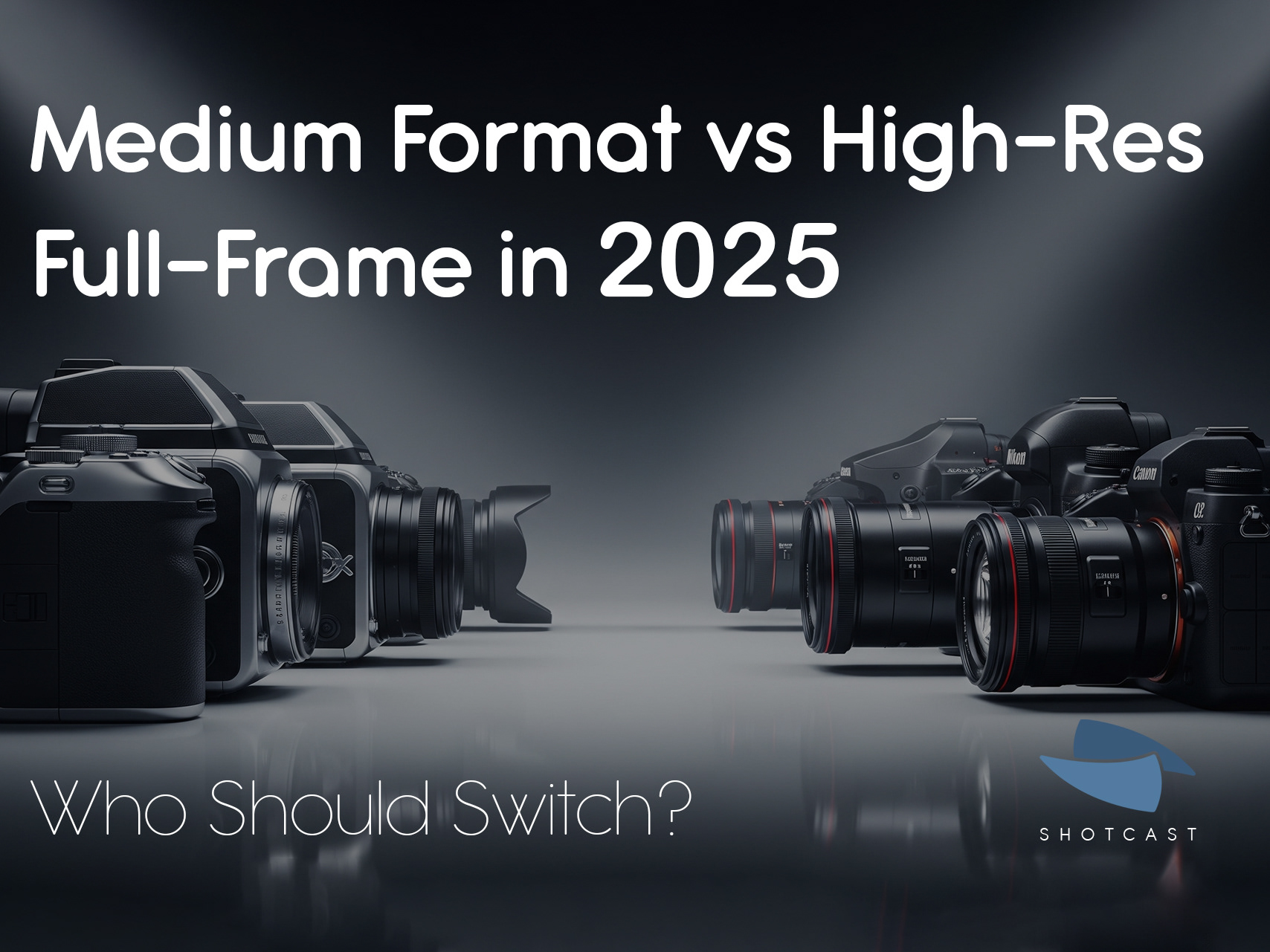Walking through a silent factory after hours, you notice the signs:
ShotCast Issue No. 6
a grease-stained glove left on a workbench, a few fingerprints smeared on a touchscreen, a control dial set just so. These subtle traces of human presence in an otherwise mechanical realm speak volumes. They hint at the people behind the machines, telling stories of work, care, and craft without a single person in frame[1]. In this sixth edition of ShotCast, we explore “the human trace” – how photographers can artfully include these hints of humanity in industrial scenes, and how brands can leverage the warmth and trust they inspire. It’s a cool, sharp, yet reflective journey into the heart of machine worlds touched by human hands, blending the analytical with the poetic in true ShotCast aesthetics.
Captured by Arman Abbasi
Framing the Human Touch in Industrial Photography
For photographers, industrial environments often present a visual paradox: grand machinery and precise products can feel impersonal and cold, yet they’re built and operated by people. The challenge (and opportunity) is to frame, light, and direct these scenes so that a human element shines through. This doesn’t always mean placing a full person in the shot; even a partial presence or an object can add that vital touch of life. In fact, a single object can imply a narrative – a pair of work gloves on a steel table or a helmet hanging on a hook can be as evocative as a portrait, suggesting the worker who just stepped away[1].
Lighting and composition are key to making these human traces stand out. Imagine a dim workshop where a lone Edison bulb casts a golden beam onto a dusty set of gloves. By spot-lighting the gloves against the darker mass of a machine in the background, you create contrast that immediately draws the viewer’s eye. Use shallow depth of field to keep the focus on the human element (like those gloves or a hand on a lever) while the hulking equipment behind blurs into context. Compositional techniques like the rule of thirds or leading lines can guide attention from the industrial surroundings to the human touch you’ve included. For instance, a leading line from a conveyor belt might point directly to a control panel with a hand resting on a dial, emphasizing that connection between person and process.
When an actual person (or part of one) is in the frame, treat them as a storytelling element rather than just a scale reference. A worker’s hand turning a valve or a silhouette passing through a corridor of robotic arms can add a human touch and context to the machinery[2]. Direct these human subjects (or their limbs) with subtlety: ask them to perform real tasks or natural gestures instead of posing stiffly. The goal is an authentic, candid feel – the ShotCast thinking here is that the best industrial shots look as if the photographer wasn’t even there, merely a witness to genuine work. A naturally positioned hand, a genuine motion blur of someone welding, or a casually left tool keeps the scene honest and relatable.
Captured by Arman Abbasi
Subtle Visual Clues to Include
One of the hallmarks of ShotCast aesthetics is being visually literate enough to notice and include small clues that imply human presence. Here are a few scene ideas and how to capture them:
· Abandoned Gloves on a Bench: Frame a pair of well-worn work gloves sitting on a metal workbench in soft light. Their emptiness tells a story – maybe a break just taken, or a day’s labor done – adding warmth and humanity to an otherwise sterile factory shot. Such subtle signs of human presence can bring warmth to your shots[3], inviting the viewer to imagine the person who wears those gloves.
· Hand on the Dial: Zoom in on a control panel where a technician’s hand (perhaps just the hand and forearm, in protective sleeve) is gently adjusting a dial or pressing a switch. Use the machine’s lines or circular gauges to compose around the hand. This not only provides a sense of scale to the equipment, but also captures that human-machine interaction at the heart of industrial work. The viewer instinctively understands the collaboration between human skill and mechanical precision here.
· Smudged Touchscreen: Photograph a close-up of a machine’s touchscreen interface with a patina of fingerprints or a smudge across it. Angle the shot such that the screen’s glow illuminates these prints. This detail is subtle, but it signals that someone has been here, tapping commands and overseeing the process. The wear and tear – a smudge, a scuff on a handle, paint worn off a frequently-used button – all communicate that real people engage with these high-tech tools, hinting at experience and routine.
In each of these examples, pay attention to lighting and focus. Highlight the human trace with a beam of light or a sharp focus, while allowing the industrial context to frame it. A cool, sharp approach to composition (clean lines, balanced exposure) combined with a reflective, empathetic choice of subject (a personal object or gesture) creates a powerful image. You’re essentially giving the viewer a point of entry into the scene – something human-sized or human-touched they can latch onto amidst the complexity of pipes, steel, and circuits. This is how a photographer practices ShotCast thinking in the field: by consciously seeking that fusion of the technical and the human in every shot.
Captured by Arman Abbasi
Humanizing the Machine: Brand Storytelling with Subtle Humanity
From a branding perspective – especially in B2B industries – these subtle human touches in imagery are more than just aesthetic choices; they’re strategic storytelling tools. Technology and industrial products might wow us with their precision, but people connect with people at a fundamental level. Even a hint of a person can make a big difference in how an image is perceived. Marketing experts note that visual content resonates more when it has a human element, showing the human side of a business or product[4]. In other words, an engineering firm’s photo of a shiny new machine will look impressive, but a photo of that machine with a technician’s hand on it, or the tools and notes of an engineer nearby, will feel more authentic and relatable to viewers.
Why is that? It comes down to trust and empathy. Psychologists and brand strategists alike remind us that we don’t place our trust in machines or objects – we place it in the people who create and use them[5]. People trust people, not cold steel or code. So when a prospective client or partner views a B2B product image and spots a human trace (however small), it subconsciously assures them: there are competent, caring humans behind this product or service. A smudge on a touchscreen implies diligent operators checking the system; a coffee mug beside a piece of hardware suggests pride and personal care in a job. These cues make your industrial or tech brand feel accessible and human, which builds trust. In fact, high-quality industrial photographs that include human context can directly enhance credibility – often ultimately leading to increased customer confidence and trust in the company[6].
Moreover, relatability is crucial in brand storytelling. Your target audience might be business buyers or engineers, but they are still people, and stories move them. A subtle human element in a product photo can evoke emotion in a way pure product specs can’t. Consider a company that manufactures laboratory equipment: alongside the sleek product shots, they show an image of a scientist’s hand gently placing a vial into the machine, with personal notes and calculations visible at the corner of the frame. This single image tells a mini-story – it says we understand your daily work, we’re a part of it. It invites the viewer to imagine themselves using the product, bridging the gap between brand and audience through a sense of shared experience. This technique aligns with ShotCast aesthetics, which value images that are not only sharply executed but also emotionally intelligent. ShotCast’s style emphasizes that even in B2B visuals, there’s room for warmth and narrative. By artfully blending the factual with the felt, brands can communicate that they care about the people in the picture – be it their employees, customers, or partners.
Captured by Arman Abbasi
Let’s break down a few brand storytelling benefits of including these “human traces” in machine worlds:
Authenticity & Trust: Real, un-staged signs of human presence (like worn tools or working hands) make marketing images feel authentic. Authenticity leads to trust – viewers subconsciously feel that a company confident enough to show real-life usage of its product has nothing to hide. Showing the fingerprints on a device or the actual workers (with safety gear on) in a factory conveys transparency and credibility. As one visual storytelling expert put it, such humanized visuals help build brand awareness, trust, and loyalty by delivering a more positive, relatable experience[7][4].
Emotional Connection: Subtle human elements evoke emotions that pure product shots rarely do. They add a narrative layer. A handprint on an otherwise sleek piece of equipment might evoke curiosity (“Who was there? What were they doing?”) or even pride and dedication (“This machine is in good hands”). In B2B storytelling, where decisions are often rational, bringing a bit of feeling can set your brand apart. These images remind viewers that innovation is a human story – one of problem-solvers, craftsmen, and everyday heroes, not just circuits and metal. That emotional undercurrent makes your messaging more memorable.
Warmth & Brand Personality: Especially for technical industries, adding warmth is key to effective brand personality. Subtle cues of life prevent your visuals from looking like sterile catalog photos. They quietly signal that your brand values the human side of the business. A clean factory floor with perfect robots might impress, but a clean factory floor with a jacket hanging on a chair and a notebook open on a desk feels inviting and lived-in. It balances professionalism with personality. In brand terms, you’re saying “we are high-tech and human.” This duality can strengthen brand identity, making your company appear both expert and approachable.
Merging Art and Empathy: The ShotCast Perspective
Ultimately, “The Human Trace in Machine Worlds” is about finding harmony between the technical and the human. This is the essence of the ShotCast perspective: a cool, sharp eye for visual composition paired with a reflective, human-centric storytelling sense. By combining analytical precision (knowing how to light a scene or compose a photograph) with poetic intuition (knowing what small detail will speak to viewers’ hearts), both photographers and brands can elevate their imagery. The result is photography that not only looks great but means something to the audience – images that are as much about people as they are about products or processes.
In practical terms, whether you’re behind the camera or reviewing your company’s next ad campaign, remember to ask: Where’s the human trace? It could be literal – a person’s presence – or it could be a clever echo of that presence in an object or mark left behind. Incorporating this element is a hallmark of ShotCast thinking, and it can transform machine-world visuals from cool to compelling. It’s a reminder that even in the age of automation, the human story is still at the core of every image we create.
Captured by Arman Abbasi
Join the Conversation
How do you incorporate the human touch in your machine worlds? We’d love to hear your thoughts and see your work. If you’re a photographer, share an example of a shot where a subtle human element made all the difference. If you’re a brand storyteller or marketer, what human traces have helped convey your message? Drop a comment below or join the discussion on social media – tag your insights or images with #ShotCast so we can find them. By sharing your experiences, you’ll inspire others in the community to see the human stories behind every shot. Let’s continue the ShotCast conversation and keep exploring new ways to bring trust, relatability, and warmth into our visual narratives, one subtle detail at a time.
Written by Arman Abbasi



